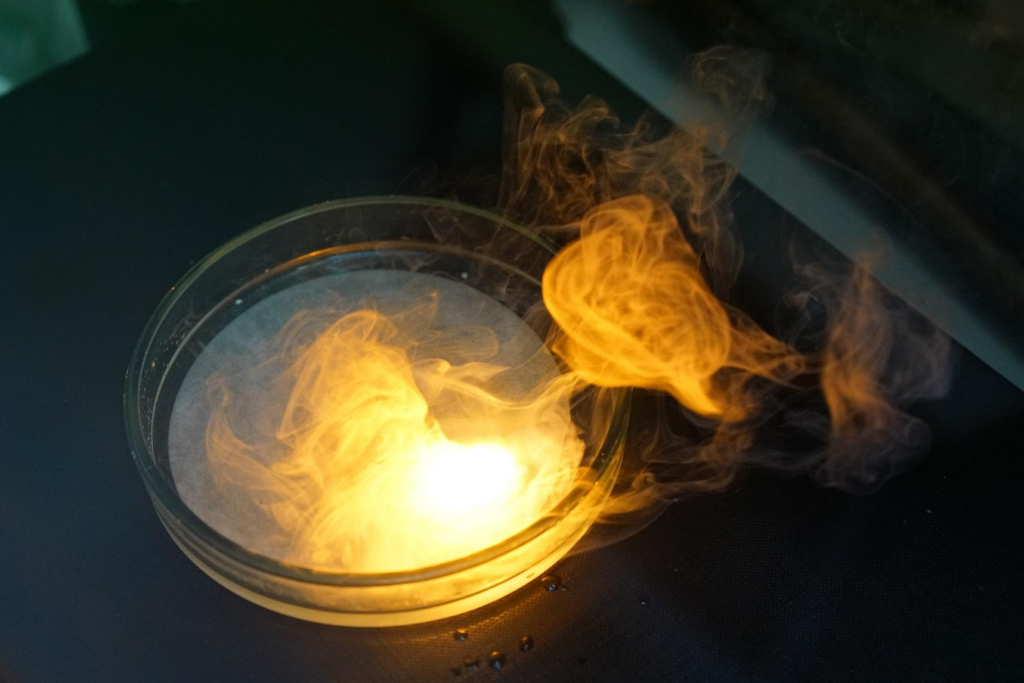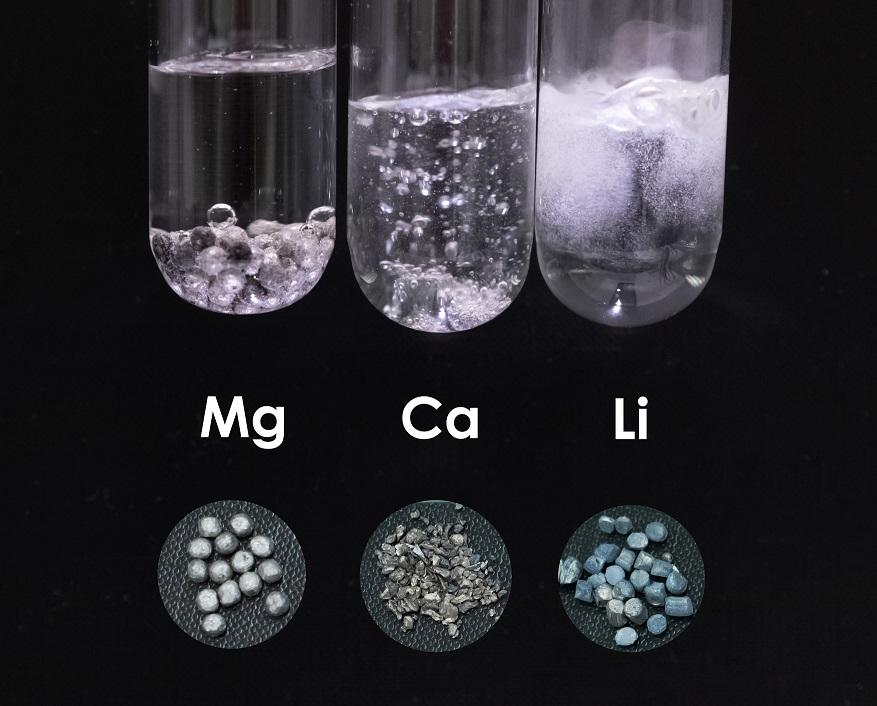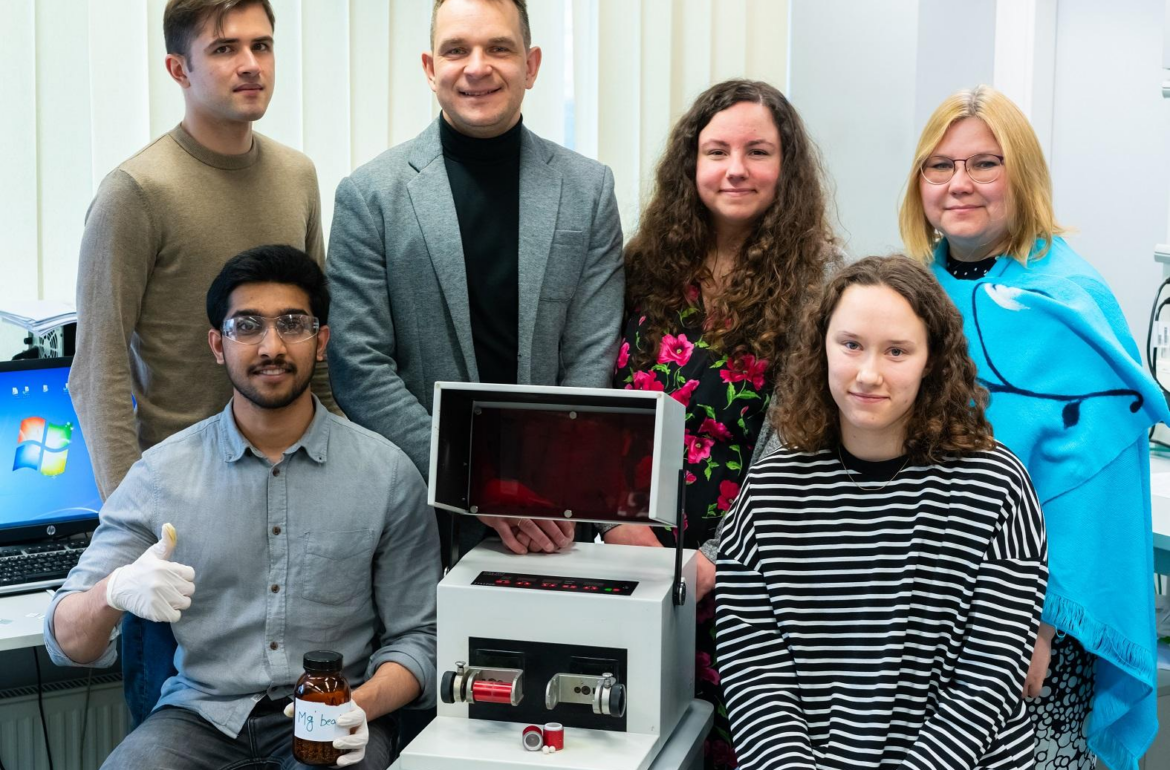Tallinn University of Technology researchers led by Professor Riina Aava and Doctor Dzmitry Kananovich announced a fining related to the sustainable future of the world in the journal Angewandte Chemie International Edition.
Chemists are constantly looking for better ways to build the molecules we need for everything from medicines to materials. Imagine: within the vibrant metropolis of molecule city, resides benzene – a molecule with a perfectly stable ring made of six carbon atoms. This stability, known as “aromaticity”, was recognized by scientists long ago. Aromatic compounds are found abundantly in nature, in hormones, alkaloids, in biomolecules such as amino acids, in materials like coal, crude oil, and also in renewable resources like lignin. These organic molecules are a plentiful resource, essential for creating other important molecules in our daily lives. However, their high chemical resistance poses a question: how do we efficiently transform these compounds into other cyclic structures, given their inherent stability?

In 1944, Australian chemist Arthur Birch described a method to “hack” the aromatic rings by employing a cocktail of dangerous chemicals: alkali metals (like lithium, sodium, and potassium) dissolved in liquid ammonia at chilling temperatures below −33°C. The problems? The use of pyrophoric alkali metals that could explode upon contact with water, hazardous liquid ammonia, and cryogenic temperatures makes this approach dangerous and difficult to perform. Despite these disadvantages, the method, known as the Birch reduction, became a cornerstone of organic synthesis, indispensable for decades. Another problem appeared recently: a global shortage of lithium (a key element in batteries), driving researchers to find more sustainable alternatives for this critical raw material.
How to make the Birch reduction safer, avoiding dangerous liquid ammonia and alkali metals? This was a question that puzzled chemists for decades since Arthur Birch’s discovery. A solution was found recently in the growing field of mechanochemistry: this technique allows performing chemical reactions without a dangerous solvent, simply by grinding or milling substances together. Known since ancient times but long overlooked, mechanochemistry has gained renewed interest due to its environmental and safety advantages. First, the advantages of mechanochemical Birch reduction with alkali metals (lithium, sodium, and potassium) have been demonstrated by the groups of Prof. Ito at Hokkaido University (Japan) and Prof. Lu at Newcastle University (UK). However, another exciting aspect of mechanochemistry is its ability to awaken the hidden reactivity of otherwise low-reactive metals.
Now, a group of researchers at TalTech led by Prof. Riina Aav and Dr. Dzmitry Kananovich, reported another breakthrough: they showed that readily accessible low-reactive alkaline earth metals, calcium and magnesium, are also suitable for mechanochemical Birch reduction. This switch is crucial: these metals are either safer to handle (for example, the reaction of magnesium with water is negligibly slow under ambient conditions) or offer an abundant alternative to scarce lithium (calcium, for instance, is the 5th most abundant chemical element on Earth). Moreover, the lower reactivity of the alkaline earth metals allows for more precise control over reaction outcomes to target functional groups selectively. Their findings were recently published in Angewandte Chemie International Edition, one of the leading chemistry journals.

This discovery holds immense promise for the future, paving the road to a safer and more sustainable chemical industry. Not only does it eliminate the dangers associated with the traditional Birch method, but it also reduces dependence on chemicals with potential scarcity and environmental concerns. This translates to a more secure and sustainable supply chain for vital industries. The transformation might also be useful for transforming bio-based aromatic materials and recycling waste, including environmentally dangerous persistent organic pollutants. The team is now looking to take this innovation further, aiming to expand the application area and achieve fine control over the products in Birch reductions and other transformations by taming readily accessible metals by means of mechanochemistry. Previously, the same team found a way to revolutionize the Grignard reaction, another important process that utilizes magnesium metal. Read more about it here.
This article was originally published on the webpage of TalTech (Tallinn University of Technology).
Read more from our webpage about Estonia’s first female doctorates were educators and physicians!
 Back
Back



